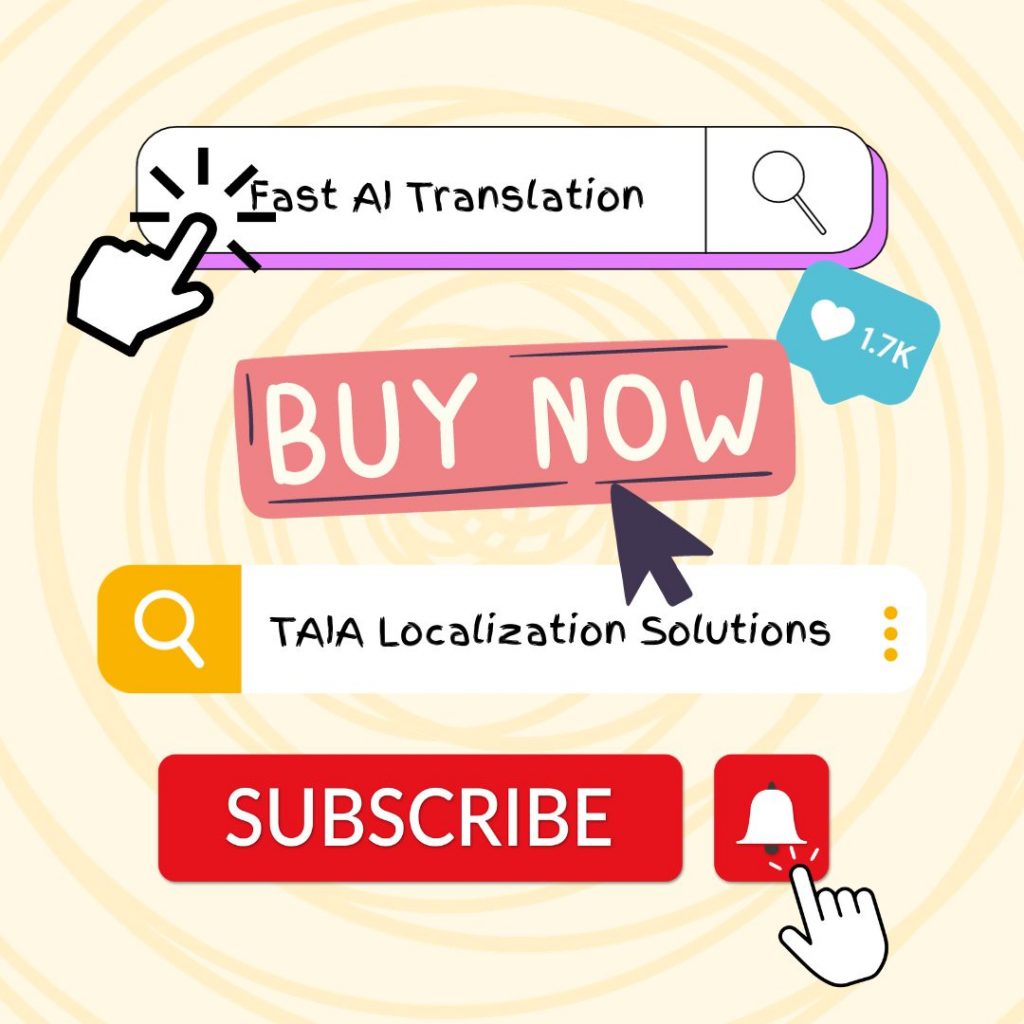The (Initial) Rage Against the Machine
Despite the fuss that is being thrown about it, machine translation is a somewhat misunderstood technology. The term entered our collective consciousness (from a layman’s perspective at least) with the advent of Google Translate, the much maligned yet at the same time indispensable tool for solving language barriers at their face value and an endless source of mockery and contempt, even.
The tool came a long way since its inception, and the incessant posting about its failures that were never that funny to begin with slowly faded into oblivion. As users slowly began to realize that Google Translate can actually be useful if (and only if) used well, acceptance started to sink in.
The question now was not if machine translation can ever be effective, but how can it become better?

The Meteoric Rise of Machine Translation
And become better it has. The introduction of neural network-based approaches in the 2010s revolutionized machine translation. Neural machine translation suddenly offered significant improvements in translation quality, fluency, and context handling over previously utilized statistical methods.
Today, machine translation plays a crucial role in breaking down language barriers in global communication. It is used by a wide variety of companies to localize content, websites, and product descriptions, making their products and services accessible to a global audience. Machine translation tools are integrated into social media platforms, enabling users to understand and interact with content in different languages. We use it for navigation, to avoid getting lost as soon as we leave the house and to communicate with locals in foreign countries in languages we previously had no right to. It is omnipresent in customer support, subtitling and dubbing, research and education… you name it.
The bottom line is that machine translation is all around us whether we like it or not (or if we don’t care about it). Whoever uses MT is no longer the pariah of all linguistic circles, the betrayer of its craft, forever to be banished from all translators’ cliques, but has rather made a sound decision to optimize their work process. But as with most things in life, there are nuances to its use, and this is as good a segue as any to have a chat about its pros and cons.
Indisputable Advantages of AI in Human vs Machine Translations
Today’s machine translations are often indistinguishable from human translations in certain contexts, especially for languages with abundant training data. What’s more, the translations are more grammatically accurate and contextually appropriate.
Another massive edge over non-automated translation is that advancements in processing speeds and algorithms have enabled real-time translation, which is significantly beneficial in communication apps and devices.
Drawbacks We Cannot (Yet) Ignore
Context really is a double-edged sword here, as machine translation is still prone to struggle with anything that carries subtext, is idiomatic in nature or offers contextual clues that not only convey the superficial meaning of the text, but rather play on our feelings or elicit emotion from the recipient.
At first glance, this reeks suspiciously of literary texts, newspaper columns or subjective pieces. In other words, material that no sane person would ever look at and say “I’m gonna use MT for this!”. While this is all well and good, the important thing here is that this category also includes marketing materials, an integral part of any aspiring company’s business.
Translating marketing content lies at the very heart of the whole human vs machine translation kerfuffle, and even more importantly—pivots beautifully towards one of the main points we are trying to highlight.

Who Cares About Quality, Anyway?
The overwhelming narrative among professional translators is that the hand who feeds them (i.e. the client) no longer cares about quality, it only cares about the price. To an extent, they are right. In the last 10 years or so, we have witnessed an absolute onslaught of content for content’s sake, delighting us hand-in-hand with an equally formidable amount of translations whose only purpose was to exist and not to be read or, heavens forbid, enjoyed.
This corroborates the translators’ complaints somewhat, but we would argue that, instead of declaring it dead, the old industry adage that “a translation can either be faithful or beautiful, but not both” should probably be changed to “a translation can either bring clicks and traffic to your website or not”.
Businesses Do, Because Their Audience Does
You see, most businesses don’t really care about the quality of translations as such. What they do care about is visibility, user engagement, brand image and other boring terms you have undoubtedly heard before but couldn’t really bother finding out what they mean. Don’t worry, we won’t be explaining them here, all you need to know is that they’re important and that they’re intrinsically linked to the quality of translations, just not in the old-fashioned way.
Well-translated content not only helps in attracting a larger and more diverse audience but also plays a significant role in engaging and retaining users, ultimately contributing to the growth and success of your business in a global marketplace.
So next time you think about translation quality in the human vs machine translation realm in correlation with the current business landscape, think of it as a competitive edge in global markets where competitors may not have invested in quality translations, which means that very soon you will be looking at them in your rearview mirror.
Recipe for Success: Finding the Right Mix in Human vs Machine Translation
What is the main takeaway here, you might ask? There is no single argument convincing enough to put this whole human vs machine translation debate to bed. General consensus is that for your company’s everyday needs, the combination of AI efficiency with human expertise offers the best of both worlds, ensuring both accuracy and relatability in translations.
Human input in translation and localization is (still) indispensable for achieving high-quality results that enhance brand visibility and drive website traffic and lead conversion. Human translators provide an invaluable understanding of cultural nuances and context, ensuring that translated content resonates deeply with the target audience, thereby increasing engagement and trust.
One of your main goals as a company with international aspirations should be to extend your reach as far out as possible, and the best way to do so is to connect with an LSP that combines the best of both worlds, that is the use of cutting-edge AI and human expertise. This is the only sure-fire method to elevate your brand’s international appeal and truly address your global audience.

Janik Bačič
With more than 10 years of professional experience in translating, Janik covers a wide spectrum of translation fields and is known for his adaptability. As an active blogger and writer, he shares his love for languages even when out of the office, always finding opportunities to put his thoughts on paper.
Liked this content?
Get notified when we publish something similar.
* We don’t spam your email or share it with anyone!






